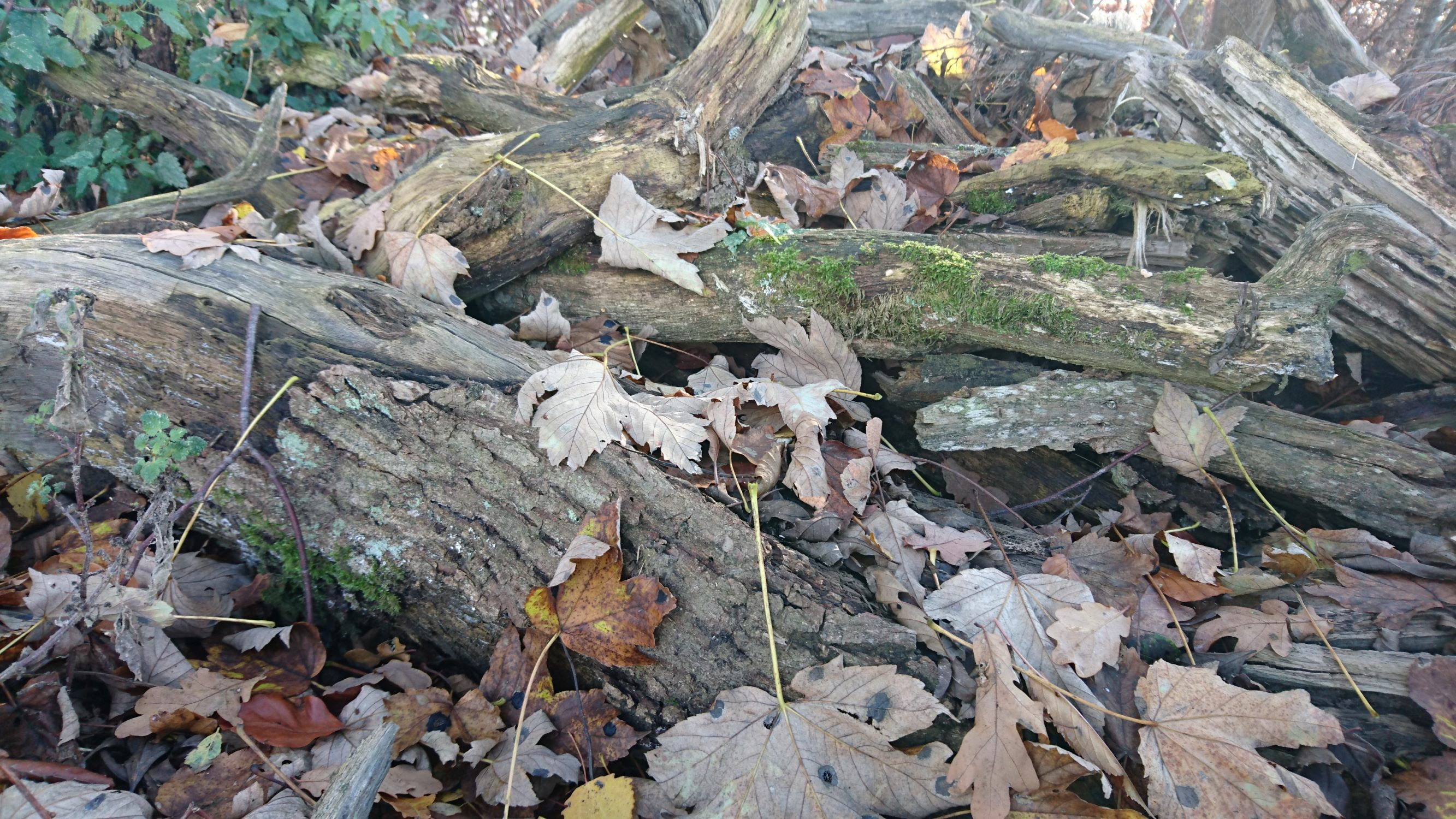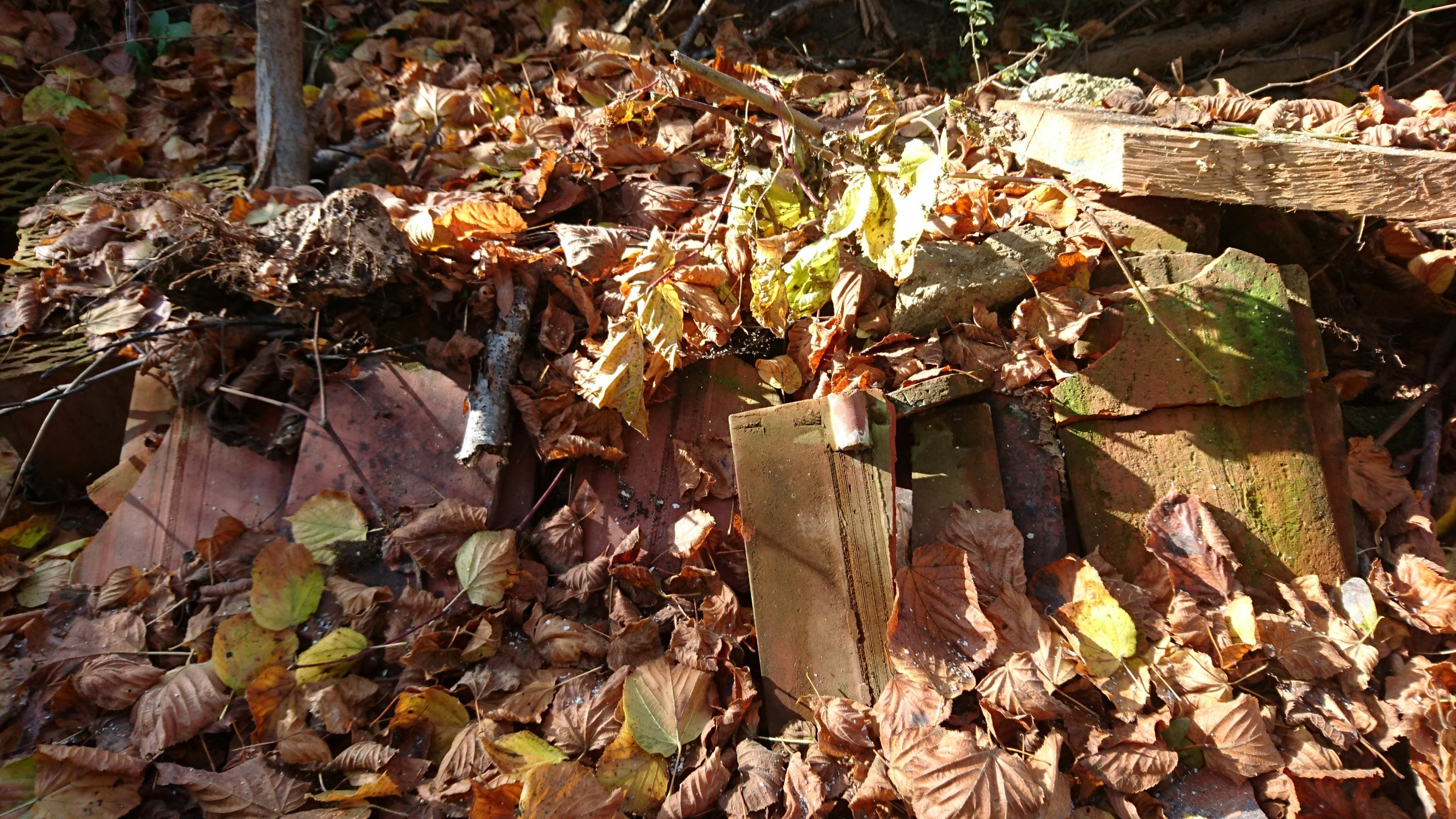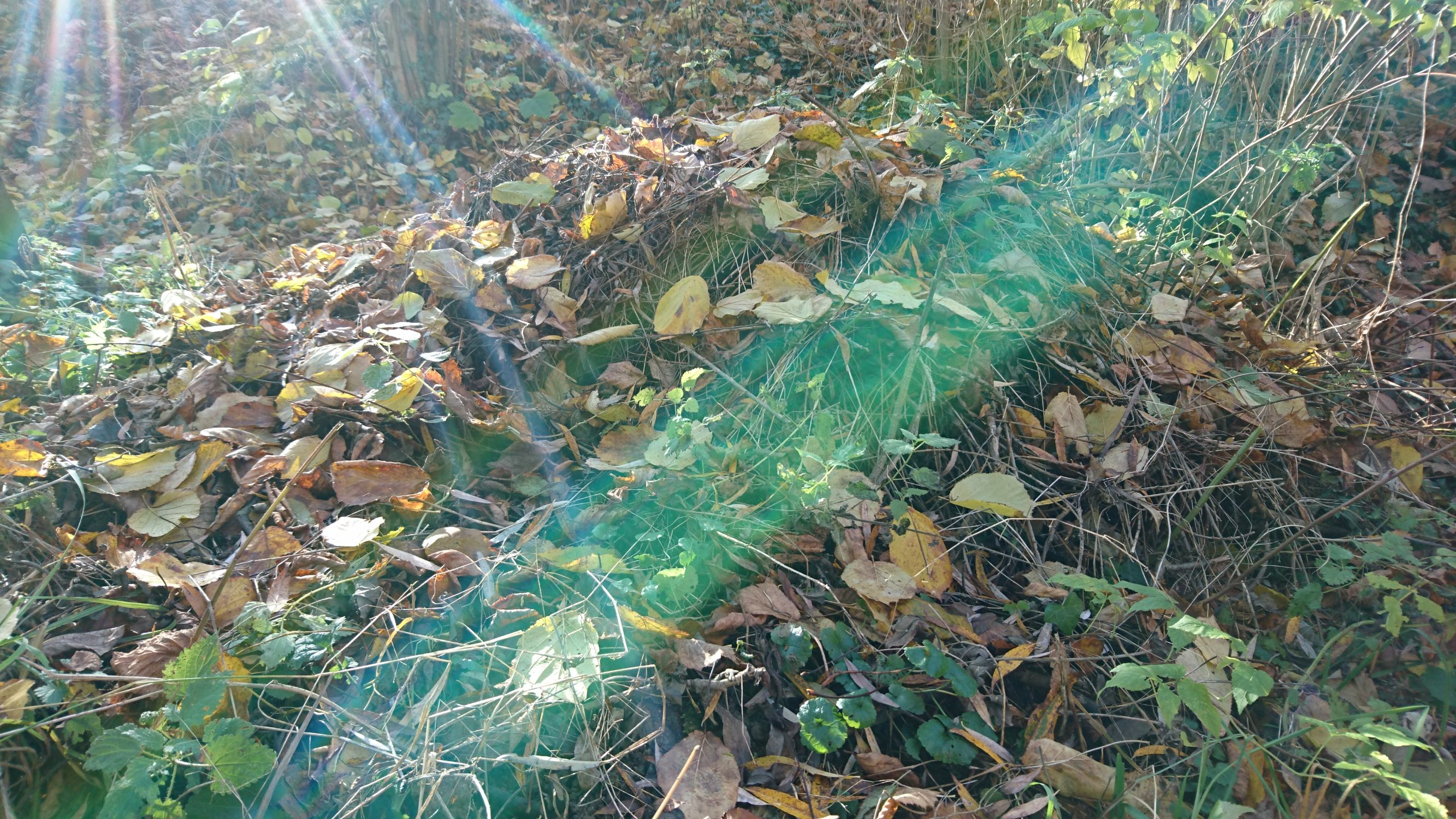Winter quarters for beneficial insects
What are beneficial organisms?
There are no "pests" in a healthy ecosystem, because every little animal, no matter how small, fulfills its purpose and is part of the food network. For example, aphids & co. serve as food for their natural predators (= "beneficial insects"). Beneficial insects can thus help to maintain a healthy balance in the garden and protect our vegetable plants.
How do I encourage these useful garden helpers?
A wealth of different plants and structures creates valuable habitats for a variety of insects, birds and mammals. Creating this wealth of structure in the garden is not difficult at all: many things that most people would normally dispose of can still be useful for native wildlife.
Deadwood

A pile of dead wood has many small structures in which small animals can hide. Fungi can also feed on the old tree trunks. Fungi are so-called decomposers and are indispensable for a healthy ecosystem!
Piled up stones

Leftover stones or bricks do not have to be disposed of. You can use them to give beneficial insects a new home! Simply pile the stones loosely on top of each other, preferably in a quiet corner of the garden. For the ultimate cuddle factor, you can cover the whole thing with leaves.
Cuttings

Many shrubs and perennials need to be pruned in the fall. The stems and branches usually end up in the compost, but they can also be useful in other ways. Simply throw the cuttings in a pile and you have a winter home for hedgehogs and small animals. Leaves that fall from the trees are best left lying around!
